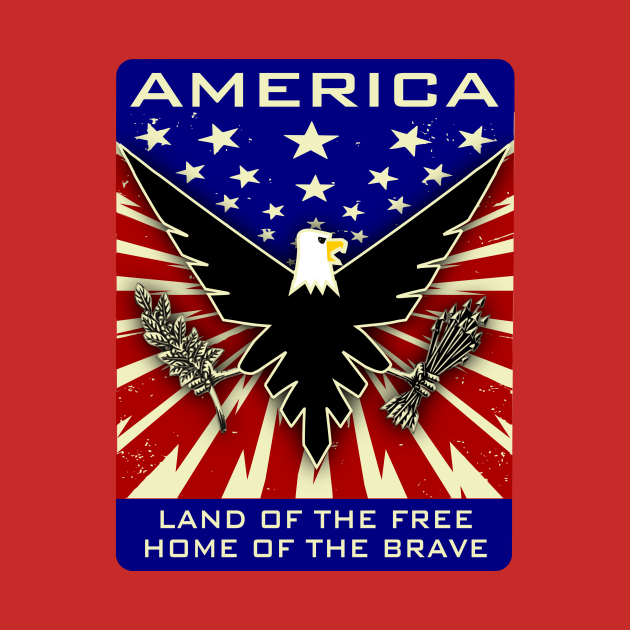


First, some believed that it was inappropriate for the nation to adopt as its National Anthem a song derived from an English drinking tune-especially after January 19, 1920, when Prohibition went into effect. In his book, Flag: An American Biography, historian Marc Leepson writes: “The legislation did not succeed for several reasons. Over the next 20 years, Congress considered more than 40 bills concerning the anthem, all of which went nowhere. It wasn’t until around 1910 that some members of Congress started introducing resolutions or legislation to make the song the official National Anthem of the United States. Army and Navy used “The Star-Spangled Banner” as their official anthem, but it was not popular on a national scale. Road to Adoptionīeginning in 1890, the U.S. Inspired by what he saw, Key wrote the poem “Defence of Fort McHenry,” which became known as “The Star-Spangled Banner.” The poem would be set to a popular melody at the time, “To Anacreon in Heaven,” a British drinking song. At dawn the next day, Key saw the American flag still being flown over Fort McHenry, which meant that the British had not captured it and the Battle of Baltimore had been won by the United States. After negotiations were concluded he was not allowed to leave because the British feared he would compromise their position.įorced to spend the night aboard an enemy ship, Key watched and heard the bombing of Fort McHenry. On September 13, 1814, Key was aboard the British ship HMS Tonnant negotiating a prisoner release. Francis Scott Key, an American lawyer and amateur poet, wrote the poem that would become the anthem after the Battle of Baltimore during the War of 1812. Origin of the Anthemīy now, the story of the song’s origins is widely known. Not everyone was a fan of the song at the time and today many believe it contains racist overtones. On March 3, 1931, President Herbert Hoover signed the law that would officially designate “The Star-Spangled Banner” as America’s National Anthem.


Every American is familiar with “The Star-Spangled Banner.” Some may even be able to sing it or at least get through “O say can you see, by the dawn’s early light….”


 0 kommentar(er)
0 kommentar(er)
